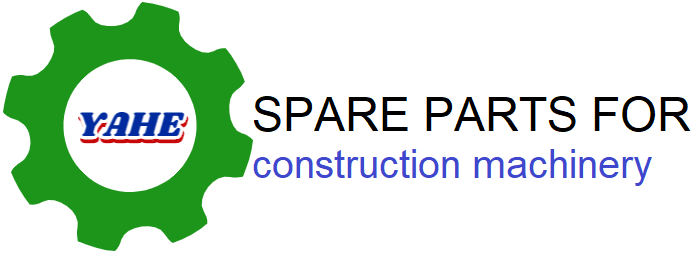The Poclain Radial Motor MK11 and MK47 are part of the Radial Piston Motor series and are designed for heavy-duty applications in various industries.
The MK11 and MK47 motors are known for their exceptional performance and reliability. They feature a radial piston design, which enables them to deliver high torque and power output. The motors are capable of operating at high pressures, with the MK11 having a maximum pressure rating of up to 450 bar, and the MK47 reaching up to 400 bar.
These Poclain motors offer a wide range of displacements, providing flexibility for different applications. The MK11 has a displacement range from 125cc to 800cc, while the MK47 offers a displacement range from 500cc to 2000cc. This versatility allows for customized motor selection based on specific power and torque requirements.
They are compact in size, allowing for space-saving installation. The motors also have high power density, ensuring efficient performance in a smaller footprint.
The Poclain MK11 and MK47 motors are known for their durability and long service life. They are designed to withstand harsh operating conditions, such as high temperatures, heavy loads, and extreme environments. The motors are also highly efficient, contributing to energy savings and reducing operating costs. They offer high torque, power output, and durability, making them suitable for various heavy-duty applications in industries such as construction, mining, agriculture, and material handling.
The stator and rotor of the MK11 and MK47 play crucial roles in their operations. The stator, which is the stationary component of the motor, has a series of coils that generate a magnetic field when electrical current passes through them. This magnetic field produces torque on the rotor, which is the rotating component of the motor.
The rotor is designed to interact with the magnetic field generated by the stator, resulting in rotation. It is made up of magnetic materials that have poles with alternating north and south magnetic orientations. As the stator’s magnetic field interacts with the rotor’s magnetic poles, it produces a torque that causes the rotor to rotate.
The efficiency of the motor depends on the interaction between the stator and rotor. The design of these components is crucial to achieving optimal performance and efficiency. The air gap between the stator and rotor should be minimized to reduce reluctance and maximize magnetic flux. The stator and rotor of the PQKMK11 and PQKMK47 play essential roles in their operations. The stator generates a magnetic field through its coils, while the rotor interacts with this magnetic field to produce torque and rotation. The design and efficiency of these components are crucial to the overall performance of the motor.
